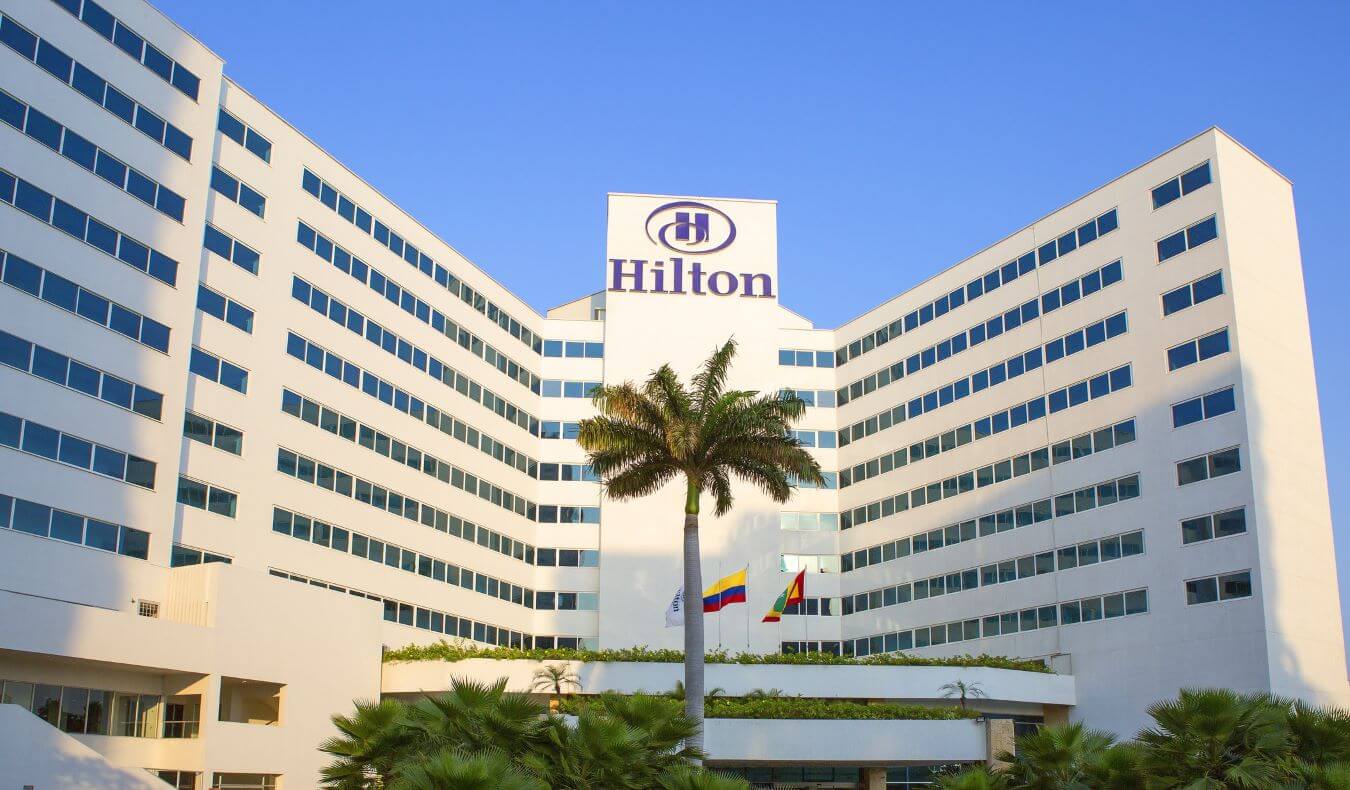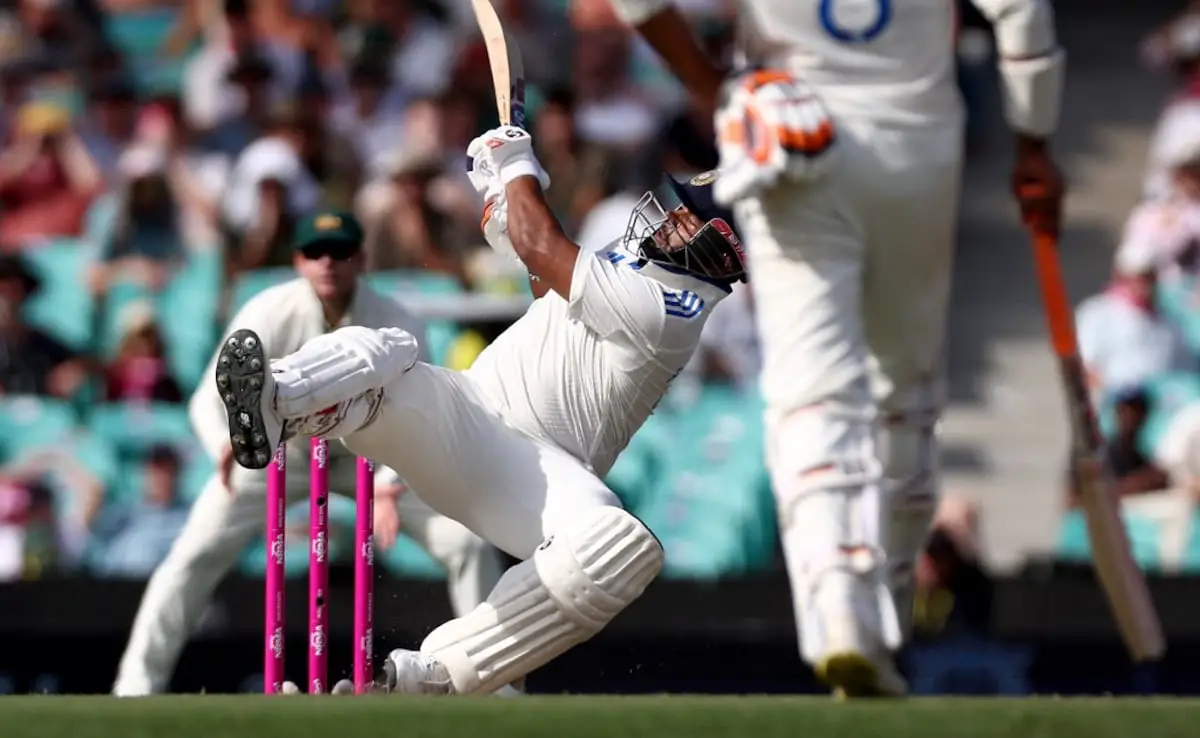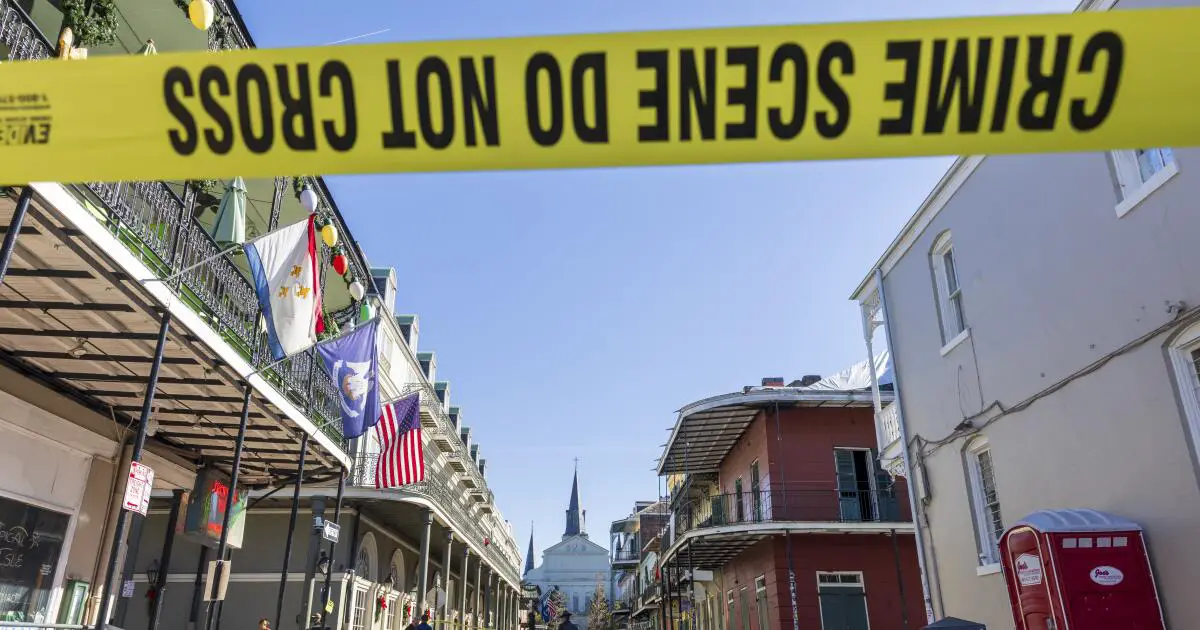Saturday morning, 10am, and I’m sitting at a café table on a cobbled street in the Beşiktaş neighbourhood of Istanbul, sipping a glass of çay (Turkish tea) and waiting for breakfast. By the café entrance, a plump, grey-haired man in a crisp white apron is sharpening a knife, before slicing through what is generally acknowledged to be the largest doner kebab in Turkey. The kebab weighs 100kg, a meaty monster slowly cooking from the outside in. Our guide, Sinan, tells us that Black Sea (Karadeniz) doners from this area are always the best – all of it will be gone by mid-afternoon.
Istanbul is a city that runs on its stomach. It may be steeped in history, but the best way to understand this multi-layered melting pot of east and west, Ottoman and Byzantine, is undoubtedly through its food. I’m lucky enough to be spending a couple of days with Cenk Debensason, recently awarded a Michelin star for his restaurant, Arkestra. The chance to discover the city through his eyes – and taste buds – promises a different version of Istanbul.
After breakfast, instead of following the well-trodden tourist trail to the historic district of Sultanahmet, we head north to Bebek, a leafy suburb where the streets are dotted with boutiques and small-batch coffee shops. I feel rather like I’m in the Turkish equivalent of Hampstead. Like London, Istanbul shares a similar sense of being a collection of villages, stitched together over the centuries, and getting away from the centre offers the chance to experience it more like a local than a visitor. We dip into Midnight, where the artfully arranged shelves and racks are filled with jewellery, ceramics and clothes by the city’s hottest designers, and head on to the Petra Roasting Company, where sofas are shared with snoozing cats and the nuttily rich Ethiopian coffee fires us up.
From Bebek, we go further north to Tarabya, a waterfront neighbourhood that has attracted tourists since it began life as a health resort in the 18th century. As we drive alongside the Bosphorus, it reminds me of the winding roads that flank Lake Como: restaurants and hotels on one side, the water on the other – and on the opposite side, opulent mansions built decades, even centuries before, for the city’s wealthy elite.
We’ve come for lunch at Kiyi, an Istanbul institution that has been serving the same fish-rich menu since it opened in the 1960s. The meal is exquisite: plump mussels stuffed with mint, crisp calamari, rose-tinted octopus and taramasalata thick with roe. The vast turbot that appears as our shared main course, buttery soft, slipping off the bone like silk, ruins me for all other fish for ever.
After lunch, we drive back to Beyoglu to explore the cobbled streets of the Çukurcuma district, where the elegant, European-style mansions house antique shops selling everything from ancient statuary to art deco lamps and retro 1960s furniture that could have come straight from the set of Austin Powers. One of the most famous is A La Turca, owned by the ebullient Erkal Aksoy, who shows us around his extraordinary emporium before settling us in on slouchy leather sofas with tea, biscuits and glasses of his homemade cherry brandy.
The following day we set out on the ferry to Kadiköy, on the Asian side – one of the city’s foodiest neighbourhoods. Next to me, a man produces a bread roll from his pocket and tears off chunks, throwing them up to the gaggle of gulls flying alongside the boat. To my surprise, instead of swooping down to gobble the crumbs from the water, they dive and dart to catch the bread in mid-air – an impressive display of aeronautics that shows the gulls are as obsessed with food as everyone else in this city.
In Kadiköy, we dip into pickle shops, with their glass jars stacked from floor to ceiling, and cubby-hole stalls with great gold samovars of olive oil and soft mounds of spices – scarlet chilli, golden saffron, the brittle woody flowers of star anise. It’s warm enough to sit outside for lunch at Çiya Sofras, which specialises in traditional Anatolian dishes. The table groans with unctuous aubergine and yoghurt dips, crispy lahmacun (flatbread with spicy meat) and succulent kebabs.
The ferry ride back is a blissful hit of sunshine before we walk through the city’s Dickensian meatpacking district to one of its newest treasures – the Zeyrek Çinili Hamam – a spectacularly beautiful Turkish bath, dating back to the 16th century. Opening its doors this spring after a 13-year restoration project, it offers bathing spaces that are pristine white and freckled with stars cut into the domed ceiling, and there’s a fascinating museum charting the cultural importance and history of hamams in both Ottoman and modern-day Turkish life.
On our final night, we take a taxi through the city’s labyrinthine roads to Arkestra, Debensason’s restaurant, tucked away in the quiet Etiler neighbourhood in Beşiktaş. Stepping through the door feels like walking into the coolest kind of house party. Upstairs, cocktails are flowing in the Listening Room bar, while the main dining room feels like a buzzy, upmarket bistro. The food is modern and creative, a confident mix of classical French technique and vibrant Asian flavours. Tuna sashimi comes with sushi rice ice-cream and a ginger ponzu vinaigrette, panko fried beef with sweetly sour tonkatsu sauce. Everything looks beautiful, tastes delicious and leaves you wanting just a little bit more – the perfect metaphor for Istanbul itself.
Soho House Istanbul has double rooms from £256 room-only (sohohouse.com)







